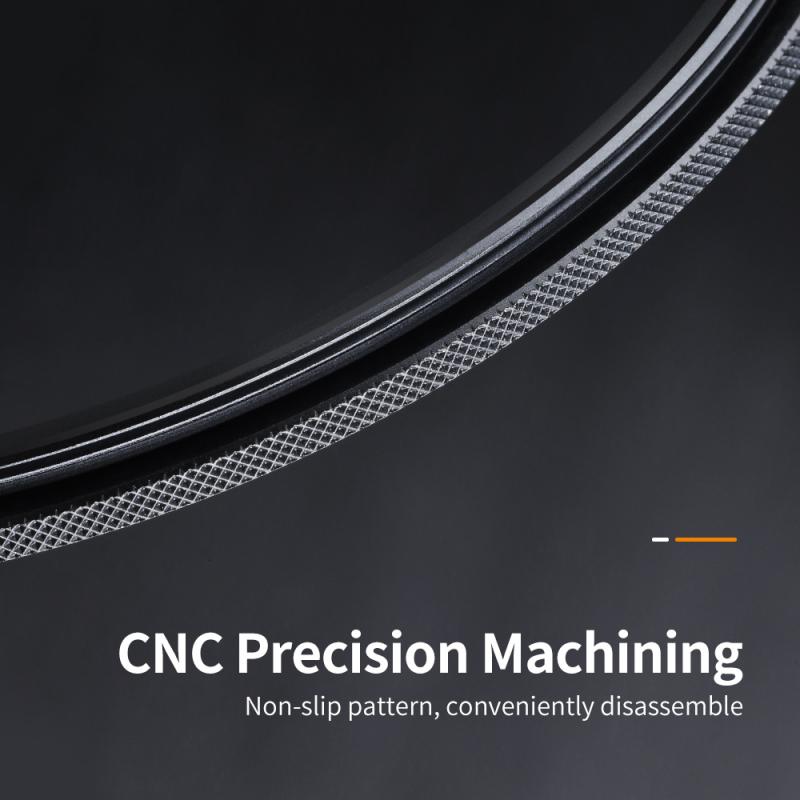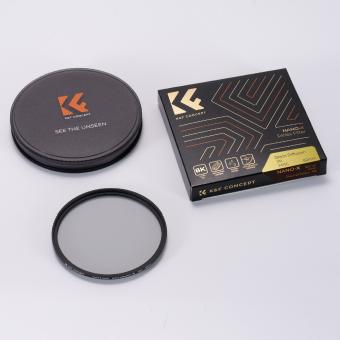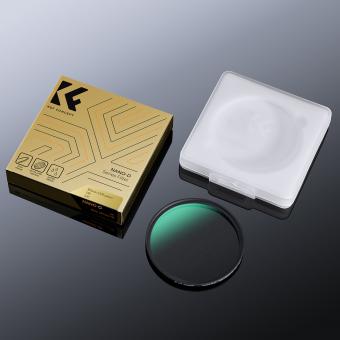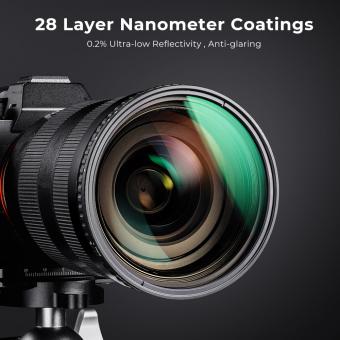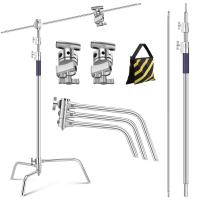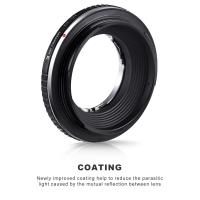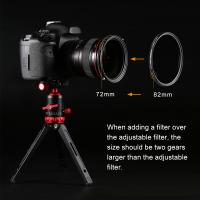How Are Nd Filters Made ?
ND filters, also known as neutral density filters, are typically made by coating a glass or resin substrate with a layer of neutral density material. The neutral density material is designed to evenly reduce the intensity of light passing through the filter without affecting its color. This is achieved by incorporating light-absorbing elements into the coating.
The manufacturing process involves depositing multiple layers of the neutral density material onto the substrate using techniques such as vacuum deposition or sputtering. The thickness and composition of these layers determine the amount of light attenuation provided by the filter. The coated substrate is then polished to ensure optical clarity and to remove any imperfections.
Once the filter is manufactured, it is often mounted in a filter holder or attached directly to a camera lens using a screw-in mechanism. This allows photographers to easily attach and remove the filter as needed to control the amount of light entering the camera, enabling them to achieve desired exposure settings and creative effects in their photographs.
1、 Introduction to ND filters and their purpose in photography.
Introduction to ND filters and their purpose in photography
ND filters, also known as Neutral Density filters, are essential tools for photographers looking to control the amount of light entering their camera lens. These filters are made by combining various materials and coatings to achieve their desired effect.
The primary purpose of an ND filter is to reduce the amount of light that reaches the camera's sensor without affecting the color or contrast of the image. This allows photographers to use longer shutter speeds or wider apertures in bright conditions, resulting in creative effects such as motion blur or shallow depth of field.
ND filters are typically made by sandwiching a layer of neutral density material between two pieces of glass or resin. The neutral density material is responsible for reducing the amount of light passing through the filter. It is often a combination of different elements, such as metal or dye, that absorb or scatter light evenly across the visible spectrum.
Manufacturers use various techniques to ensure the filter's optical quality, such as multi-coating the glass surfaces to minimize reflections and improve light transmission. This helps maintain the image's sharpness and clarity while reducing any potential color shifts or loss of contrast.
In recent years, advancements in technology have led to the development of variable ND filters. These filters allow photographers to adjust the density of the filter by rotating it, providing greater flexibility in controlling the amount of light. They are made by combining two polarizing filters that can be rotated independently to increase or decrease the density.
Overall, ND filters are indispensable tools for photographers, enabling them to achieve creative effects and overcome challenging lighting conditions. Whether it's capturing silky smooth waterfalls or balancing exposure in bright landscapes, ND filters play a crucial role in enhancing the artistic vision of photographers.
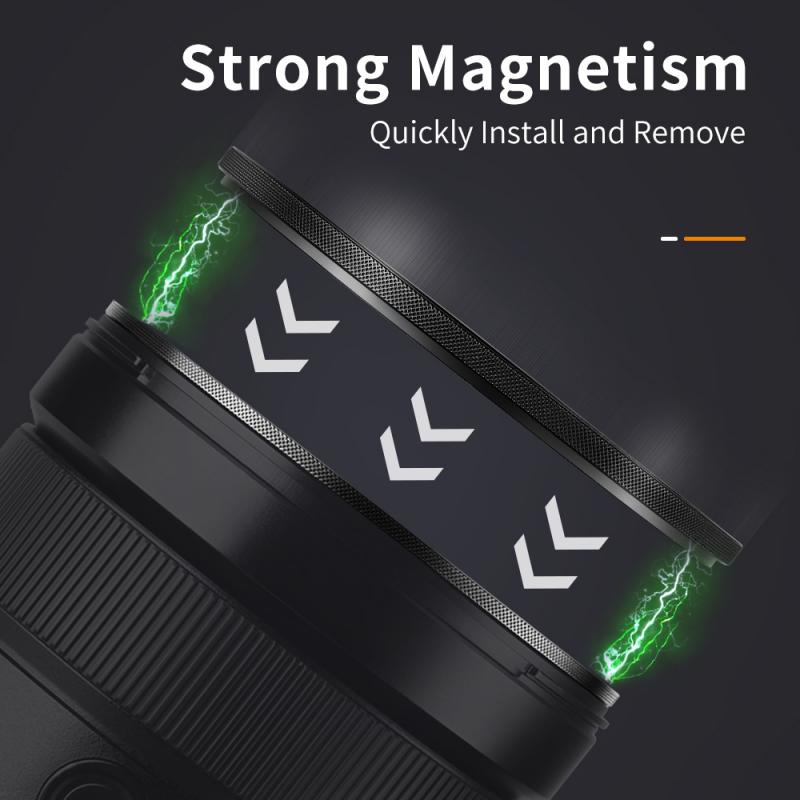
2、 Manufacturing process of ND filters using optical glass materials.
ND filters, also known as neutral density filters, are essential tools in photography and cinematography. They are used to reduce the amount of light entering the camera lens without affecting the color or contrast of the image. The manufacturing process of ND filters involves the use of optical glass materials.
The first step in the manufacturing process is the selection of high-quality optical glass. The glass is chosen based on its optical properties, such as transparency and refractive index. The selected glass is then cut into small squares or rectangles, depending on the desired size of the filter.
Next, the glass pieces are ground and polished to achieve a smooth and flat surface. This process is crucial to ensure that the filter does not introduce any distortions or aberrations to the image. The grinding and polishing are done using specialized machinery and abrasive materials.
After the glass pieces are polished, they undergo a coating process. This involves applying a thin layer of metallic or dielectric material onto the surface of the glass. The coating is designed to reduce the amount of light passing through the filter by absorbing or reflecting a portion of it. The thickness and composition of the coating determine the light reduction factor of the filter.
Once the coating is applied, the glass pieces are carefully inspected for any defects or imperfections. This includes checking for scratches, bubbles, or uneven coatings. Filters that pass the inspection are then assembled into their final form, which typically involves mounting them in a metal or plastic frame.
In recent years, there have been advancements in ND filter manufacturing, including the use of alternative materials such as resin or acrylic. These materials offer advantages such as lighter weight and lower cost. Additionally, some manufacturers have started incorporating nanotechnology into the coating process to improve the performance of the filters.
Overall, the manufacturing process of ND filters using optical glass materials involves cutting, grinding, polishing, coating, inspection, and assembly. The process ensures that the filters provide accurate light reduction while maintaining the integrity of the image.
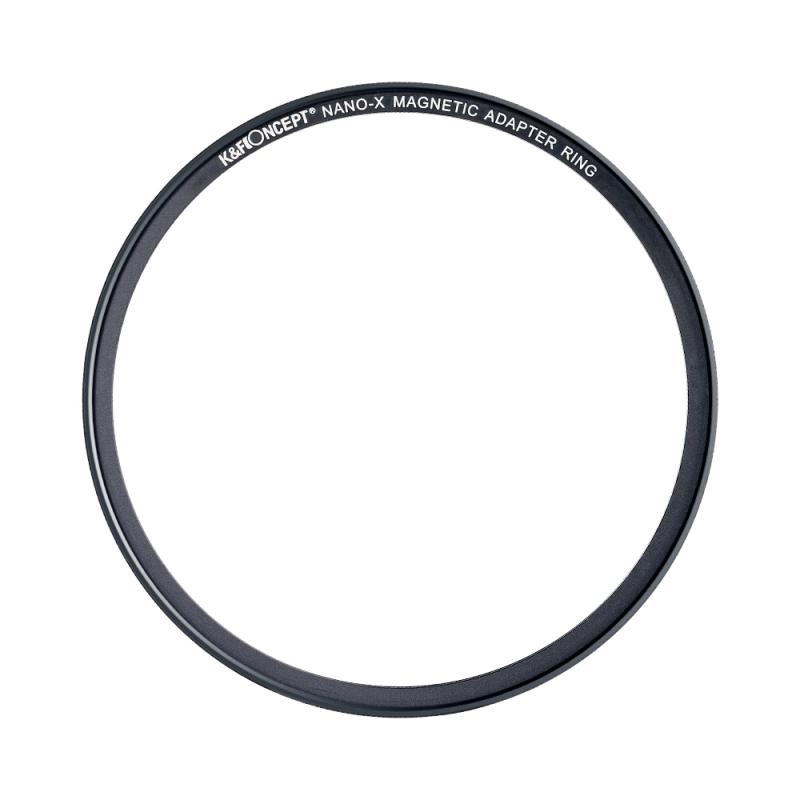
3、 Production techniques for ND filters with resin-based materials.
ND filters, also known as neutral density filters, are essential tools for photographers and videographers to control the amount of light entering the camera lens. These filters are made using various production techniques, with one common method being the use of resin-based materials.
The production process for ND filters begins with the selection of high-quality resin materials. These resins are typically transparent and have the ability to block a certain amount of light without altering the color balance. The resins are carefully chosen to ensure they meet the required optical specifications.
Once the resin material is selected, it is processed into thin sheets or films. This can be done through techniques such as extrusion or casting, where the resin is melted and then cooled to form a solid sheet. The thickness of the sheet determines the density of the ND filter, with thicker sheets providing higher light reduction.
After the resin sheets are formed, they undergo a series of treatments to enhance their optical properties. This may include polishing to remove any imperfections or coatings to reduce reflections and increase durability. The sheets are then cut into the desired shape and size for the ND filters.
To ensure accuracy and consistency, quality control measures are implemented throughout the production process. This includes rigorous testing of the optical properties, such as light transmission and color neutrality, to meet industry standards.
In recent years, advancements in technology have allowed for the development of more sophisticated ND filters. For instance, some manufacturers are now incorporating nano-coatings on the resin sheets to improve light transmission and reduce flare. Additionally, the use of computer-aided design and manufacturing techniques has enabled the production of filters with precise density gradients and complex shapes.
Overall, the production techniques for ND filters with resin-based materials involve careful selection of high-quality resins, processing them into thin sheets, and applying various treatments to enhance their optical properties. These filters play a crucial role in achieving creative control over exposure in photography and videography, and continuous advancements in production techniques are further improving their performance.
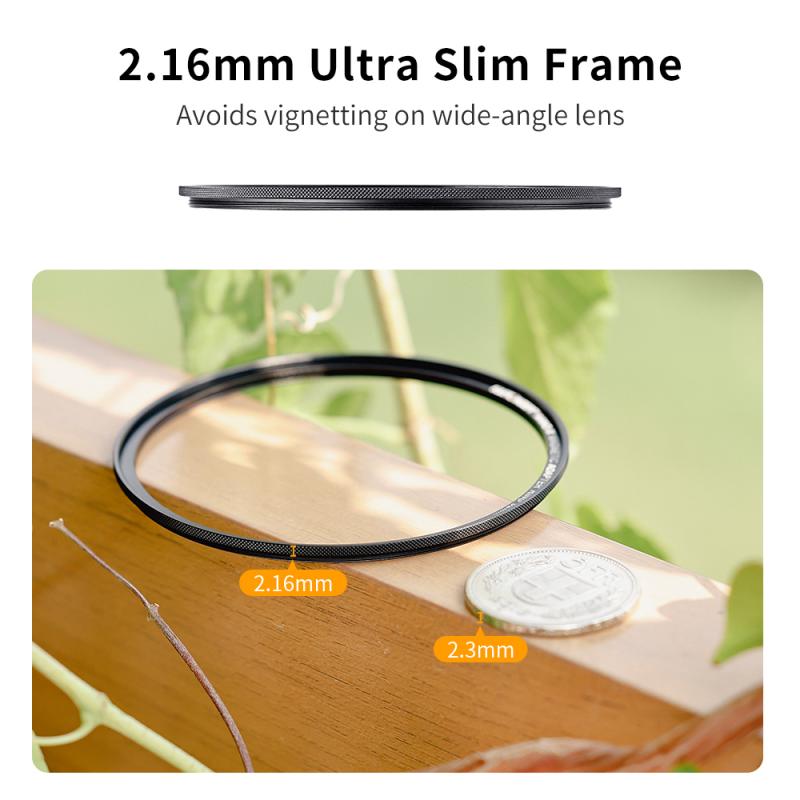
4、 Exploring the creation of ND filters with graduated density.
ND filters, also known as neutral density filters, are essential tools for photographers and videographers. They are used to reduce the amount of light entering the camera lens without affecting the color or quality of the image. This allows for creative control over exposure settings, especially in situations where a long exposure or wide aperture is desired.
The manufacturing process of ND filters involves several steps. The most common type of ND filter is made by coating a piece of glass or resin with a thin layer of metallic or organic material that absorbs light. This coating is applied in a graduated density pattern, meaning that the filter is darker at one end and gradually becomes lighter towards the other end. This allows for a smooth transition between the filtered and unfiltered areas of the image.
The latest advancements in ND filter manufacturing include the use of high-quality optical glass and advanced coating techniques. These advancements ensure minimal color cast and maximum light transmission, resulting in superior image quality. Additionally, some manufacturers are now incorporating nano-coatings that repel water, oil, and dirt, making the filters easier to clean and maintain.
In recent years, there has also been a rise in the popularity of variable ND filters. These filters consist of two polarizing filters that can be rotated to adjust the density of the filter. This provides photographers with greater flexibility in controlling the amount of light entering the lens.
Overall, the creation of ND filters involves a combination of precise coating techniques, high-quality materials, and innovative designs. These advancements continue to enhance the performance and versatility of ND filters, allowing photographers and videographers to capture stunning images in a variety of lighting conditions.
